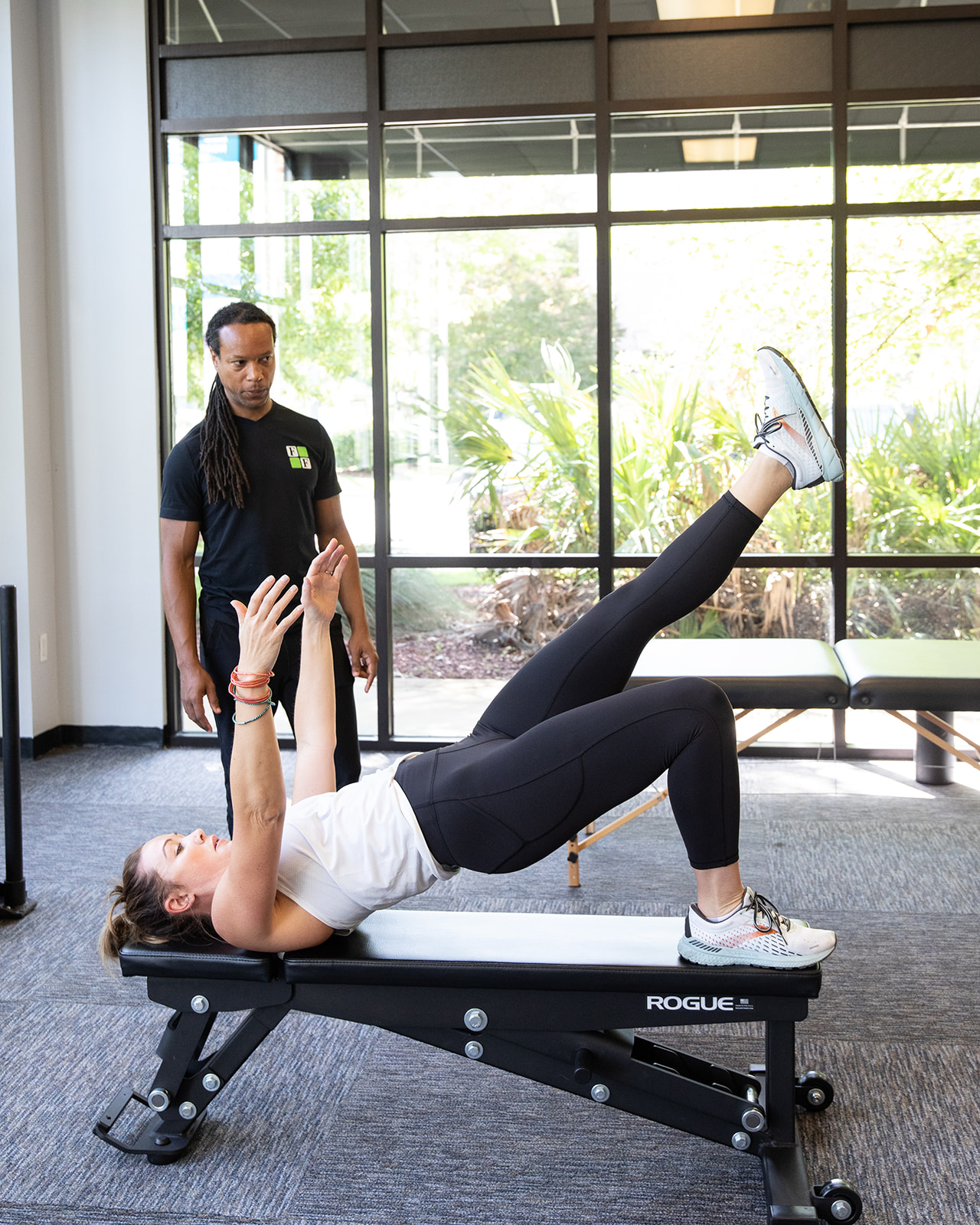March 4, 2023
Fit After 50
You’re never too old to exercise.
An active lifestyle is important at every age, but becomes an even greater factor in health as you age. Regular exercise helps control body weight, blood pressure, and cholesterol levels. It reduces your risk of diabetes, stroke, and heart attack and keeps your bones and muscles strong to ward off osteoporosis. In essence, regular exercise slows the aging process and improves your quality of life so you’re able to stay independent as long as possible.
“Aging is not lost youth but a new stage of opportunity and strength.” – Betty Friedan
It’s never too late to start exercising. Whether you just passed 50, recently retired, or are in your mid-70s, you can begin the journey to fitness. Before beginning an exercise routine, check with your doctor if you have any health concerns or chronic diseases such as diabetes, arthritis, or heart disease. You’ll likely find exercise only improves your condition. There’s no better time to start living healthy than now.
There are three basic components of an exercise program designed for seniors.
1. Aerobic
The goal of exercise is to get moving. Exercise that gets your heart pumping and your breathing elevated is called aerobic exercise. This type of activity improves the health of your heart and builds muscle tone. Examples of low-impact exercises that are gentle on your joints include swimming, water aerobics, walking, cycling, and ballroom dancing. There are also many ways to incorporate physical activity into your daily life. Get outside and rake leaves or work in the garden, walk up the stairs instead of taking the elevator, or park your car farther from the store entrance.
2. Strength
Wish you had more energy to carry in your groceries, play with the grandkids, or do chores around the house? Also called resistance training, strength training increases muscle strength, keeps bones strong, and improves flexibility, all of which enable you to do everyday activities with greater ease and less pain. Strength training is done using resistance in the form of free weights, weight machines, rubber bands, your own body weight, or even cans of food.
At least two workouts a week should be focused on strength training. One day you could do upper body exercises and the other day lower body. To avoid injury and to get the most out of your workout, work with a trained professional who can teach you basic exercises and proper lifting technique.
3. Flexibility
The third component of a balanced exercise program is flexibility/agility/stretching exercise. These movements get your blood flowing, loosen your muscles, and improve balance. Spend time each day performing flexibility exercises and you’ll lessen your risk of falls, stay limber, and improve your health. Aim to end each aerobic workout with a few minutes of stretching to help avoid sore muscles.
As you stretch, relax and breathe through each movement. Move slowly and gently and only stretch until you feel a slight burn. It should never be painful. Hold each stretch for 20 to 30 seconds.
Exercise Tips
You may be moving slower and breathing harder than you used to, but age is no excuse not to exercise. As you engage in physical activity, follow these simple rules to stay safe and get the most out of your routine.
- Begin each aerobic workout with a 5- to 10-minute warm-up and end with a cool-down period. Walking is a great option for your warm-up and cool-down.
- Drink plenty of water before, during, and after your workout and avoid exercising outdoors when it’s extremely hot or cold.
- Wear comfortable clothes and supportive shoes during exercise.
- Remember that exercise shouldn’t hurt. If you feel pain, take a break from what you’re doing and reevaluate your workout. Stop exercising and call the doctor immediately if you ever feel chest pain, heart palpitations, dizziness, nausea, or unusual shortness of breath.
Share
by fandftally
Share
Many of us know and understand the importance of physical therapy. But what isn't as common of knowledge is that it is important to be completely ready before [...]
Have you been working out for months, or even years, without seeing the amount of progress or change you had hoped for? This is a common issue a [...]
What is Pilates and why should you try it? The benefits of Pilates are: Increased Strength & Flexibility: Pilates creates a mind-body connection working multiple muscles throughout the entire body [...]




